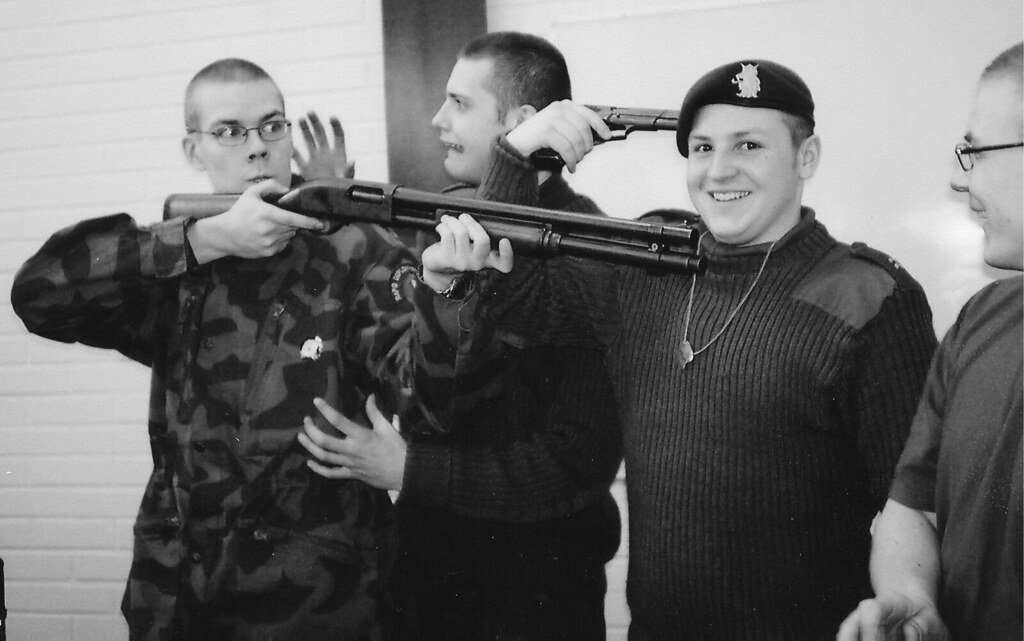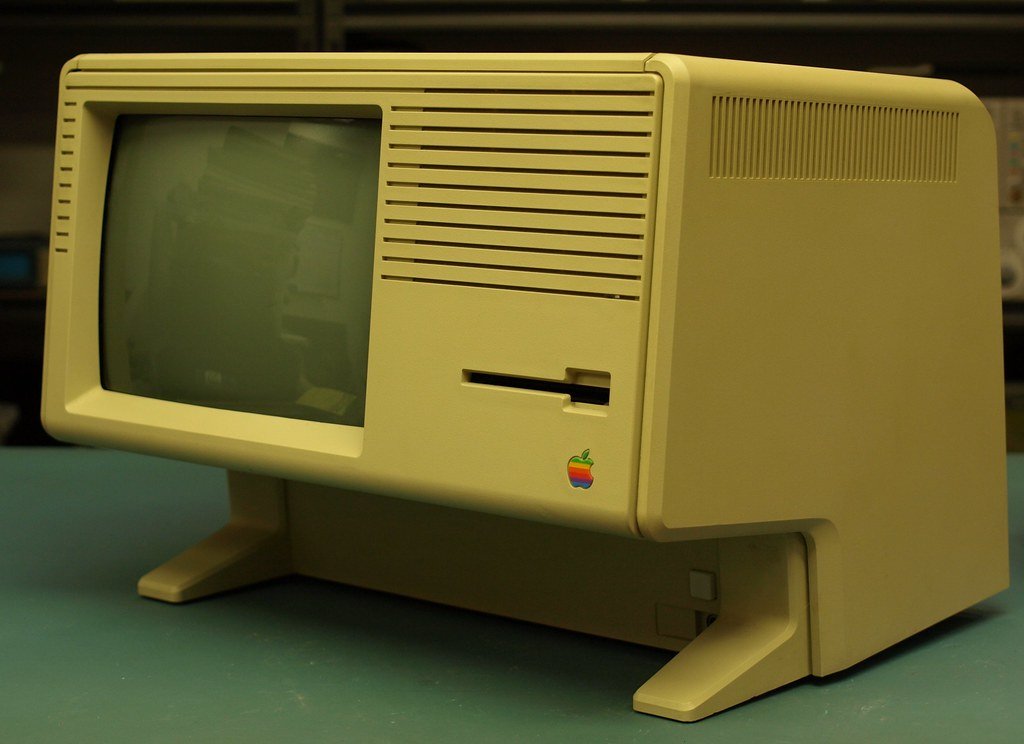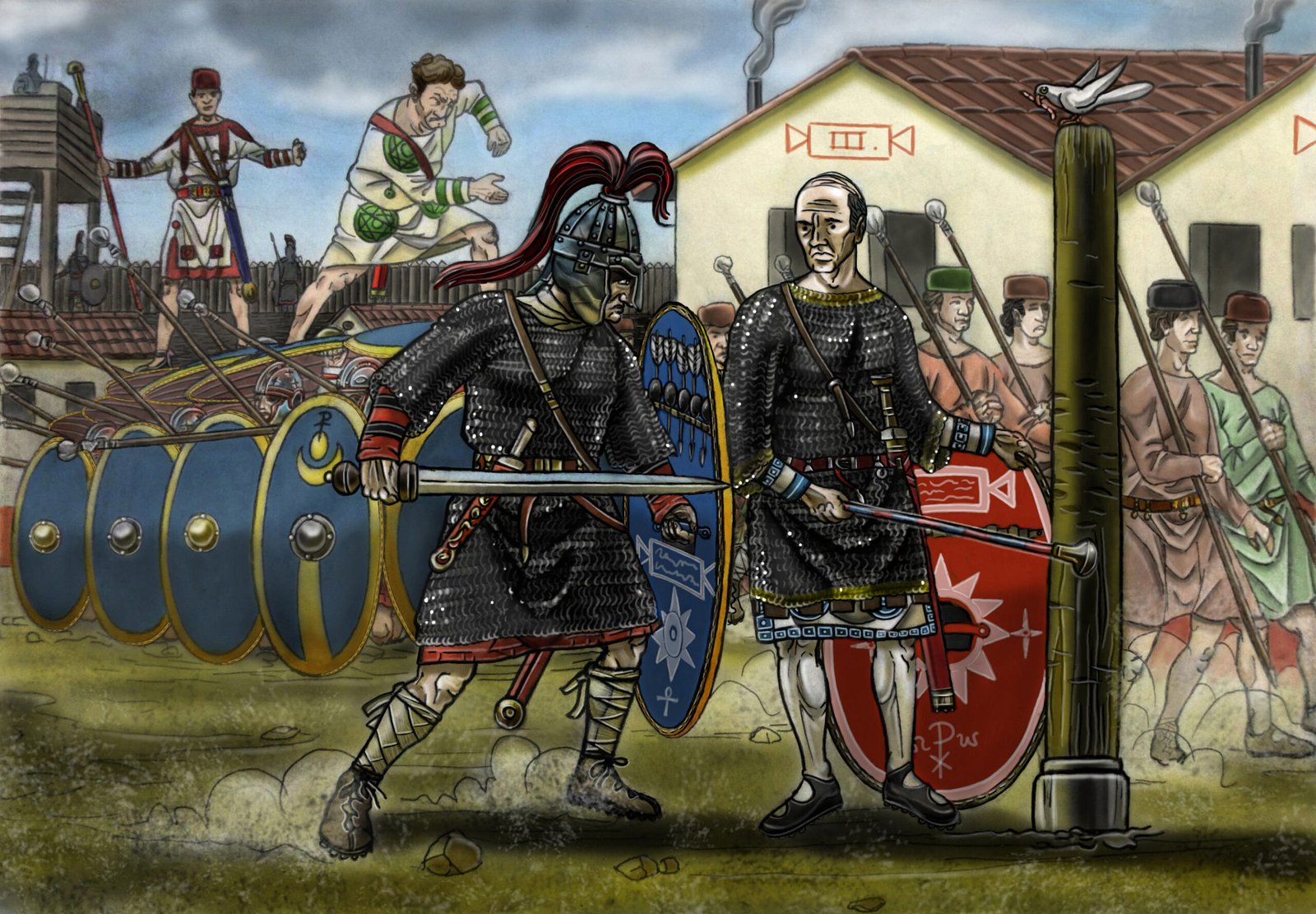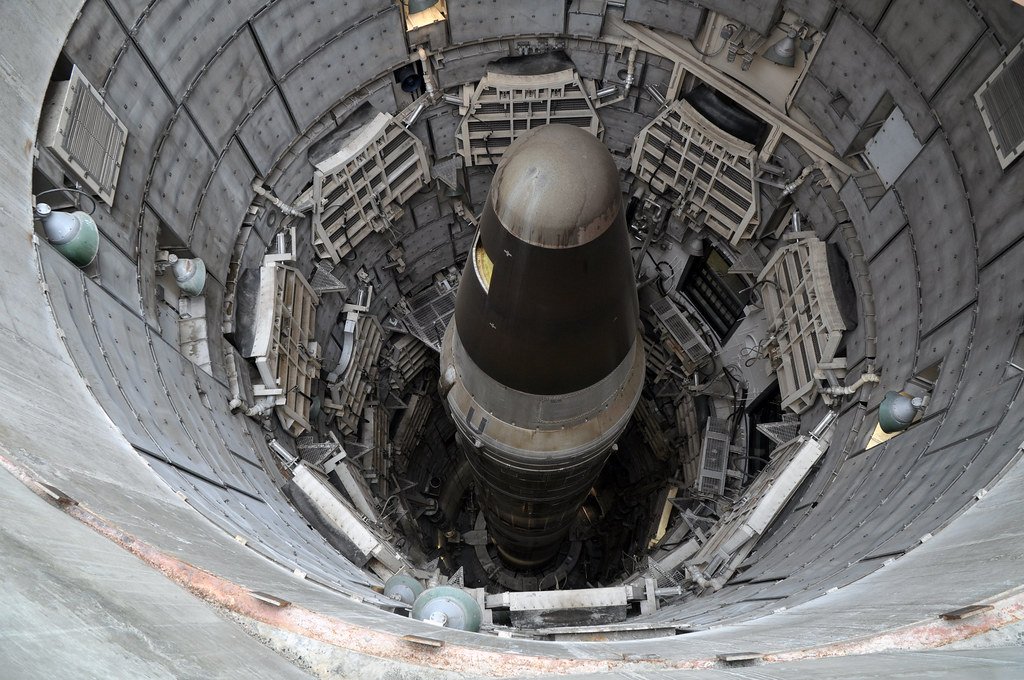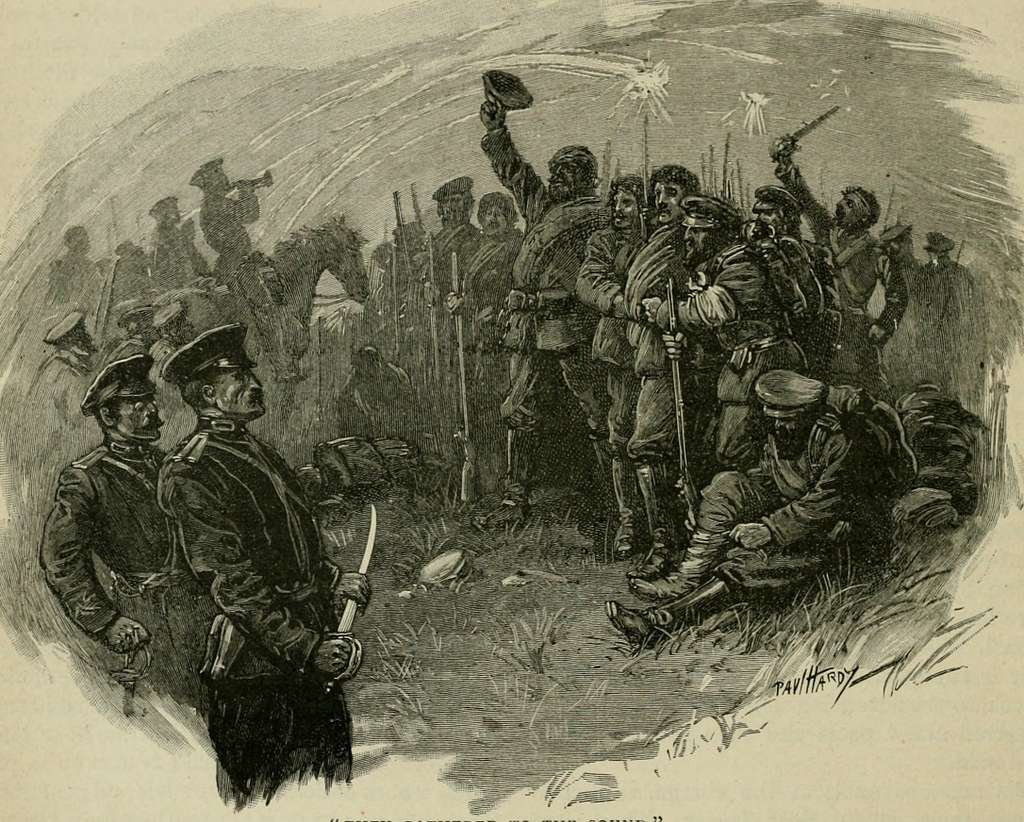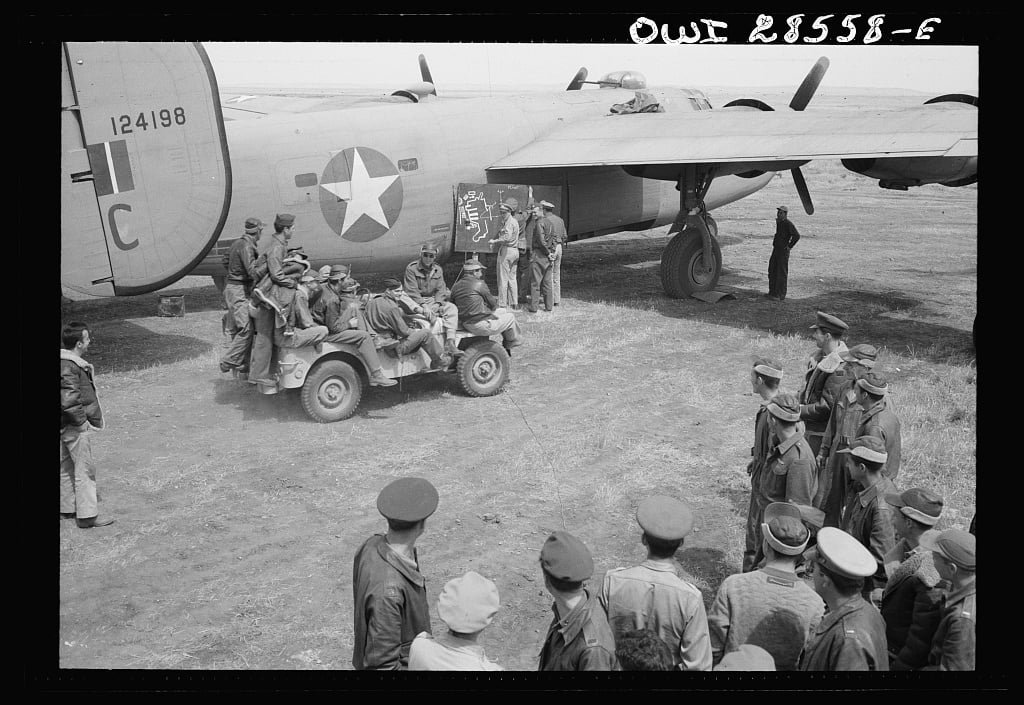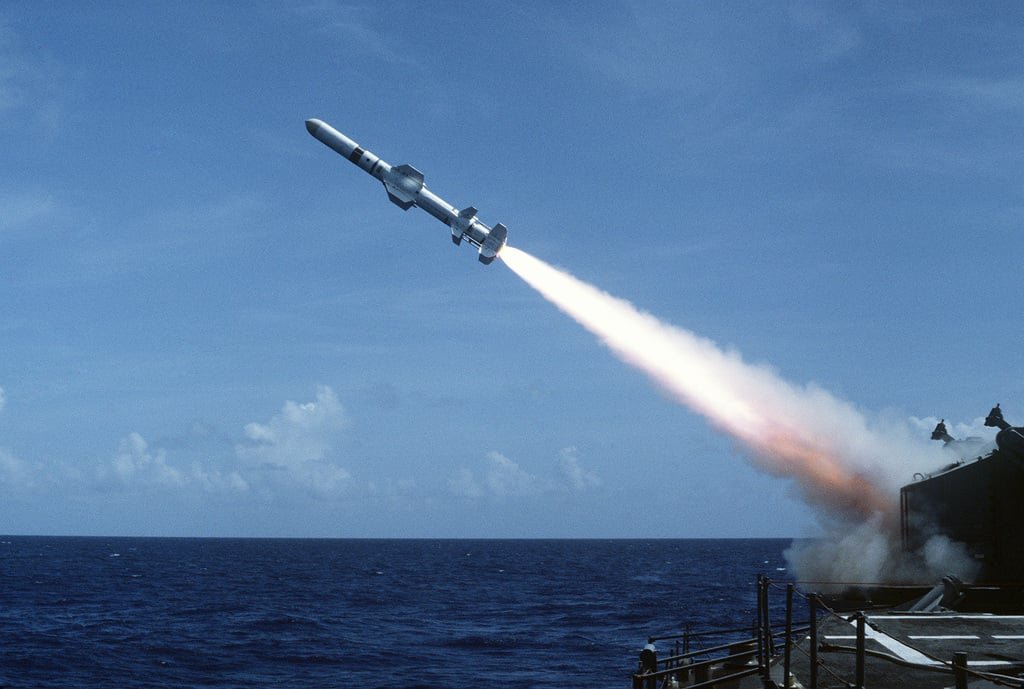Modern Military Technology is a testament to the relentless pursuit of innovation within the military. It represents the marriage of cutting-edge engineering with the ever-evolving needs of armed forces worldwide. This intricate tapestry of Modern Technology and military prowess has left an indelible mark on the History of Technology, reshaping the global landscape in numerous ways.
Throughout history, the Military has been a driving force behind technological advancements. From the early days of warfare, where innovations like the trebuchet and crossbow revolutionized the battlefield, to the present, where precision-guided munitions and artificial intelligence redefine conflict, the symbiotic relationship between Modern Technology and military strategy has never been more evident.
This exploration into the History of Modern Military Technology delves deep into the evolution of weaponry, strategy, and the broader implications these developments have had on our world. It encompasses pivotal moments from World War I’s introduction of tanks and chemical warfare to the present day, where cyber warfare and space militarization have come to the fore. The journey through this history reveals not only the incredible adaptability of the Military but also the transformative power of Modern Technology, forever shaping the course of human history on a global scale. Join us as we navigate this fascinating intersection of innovation, strategy, and progress.
Table of Contents
What was the origin of the modern military?
The origin of the modern military can be traced back to the evolution of organized armed forces and warfare over the centuries. While organized military forces have ancient roots, the modern military as we understand it today began to take shape during the late Middle Ages and the Early Modern period.
Key developments that contributed to the formation of the modern military include:
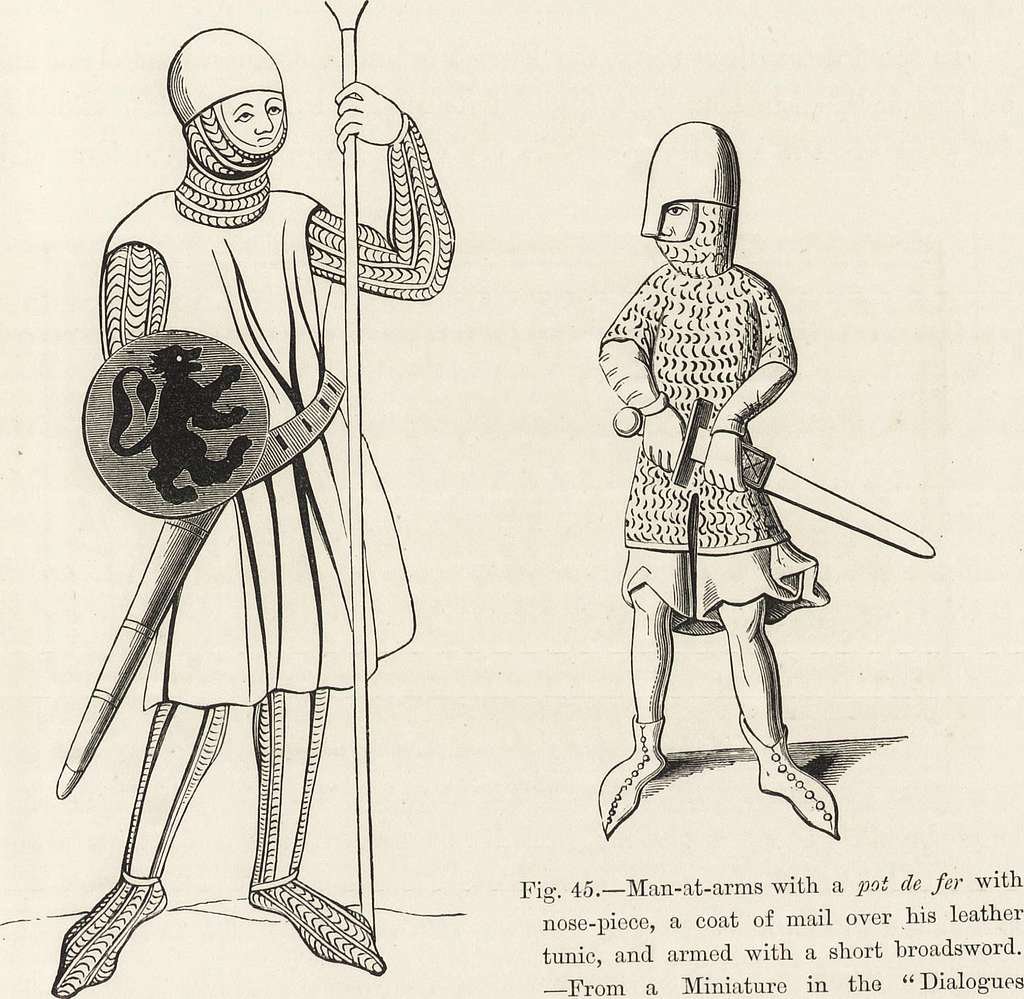
Feudal Armies
Feudal European societies relied on knights and feudal levies to defend territories. This laid the groundwork for organized military units under a central authority.
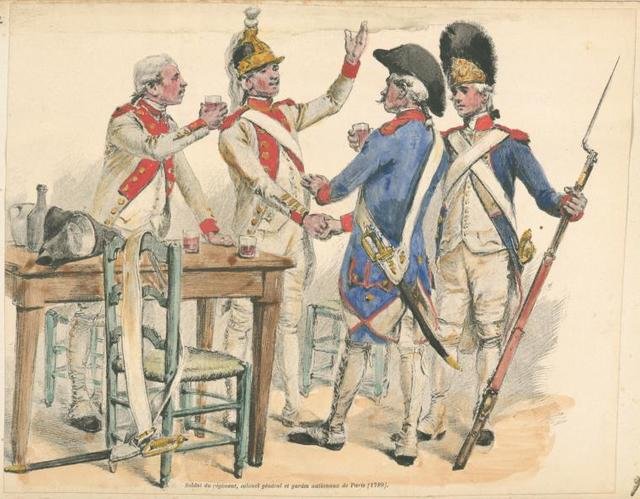
Standing Armies
The rise of standing armies in the 17th century, such as the Swedish Army under Gustavus Adolphus and the French Army under Louis XIV, marked a shift from ad-hoc feudal levies to permanent, professional military forces.
Military Reforms
Military theorists like Maurice of Nassau and Gustavus Adolphus introduced innovative tactics, formations, and logistics, influencing the development of modern military doctrine.

Industrialization
The Industrial Revolution in the 18th and 19th centuries led to significant advancements in weaponry, transportation, and logistics, transforming warfare.
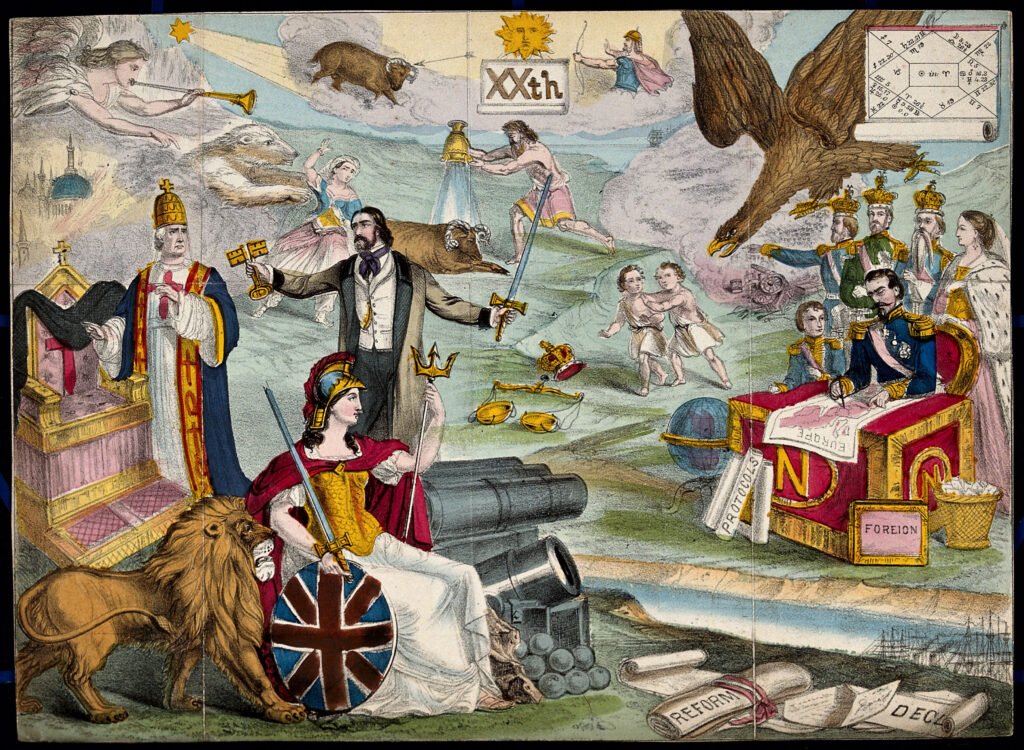
Napoleonic Wars
The military campaigns of Napoleon Bonaparte showcased the effectiveness of combined arms warfare and the importance of professional officer corps.
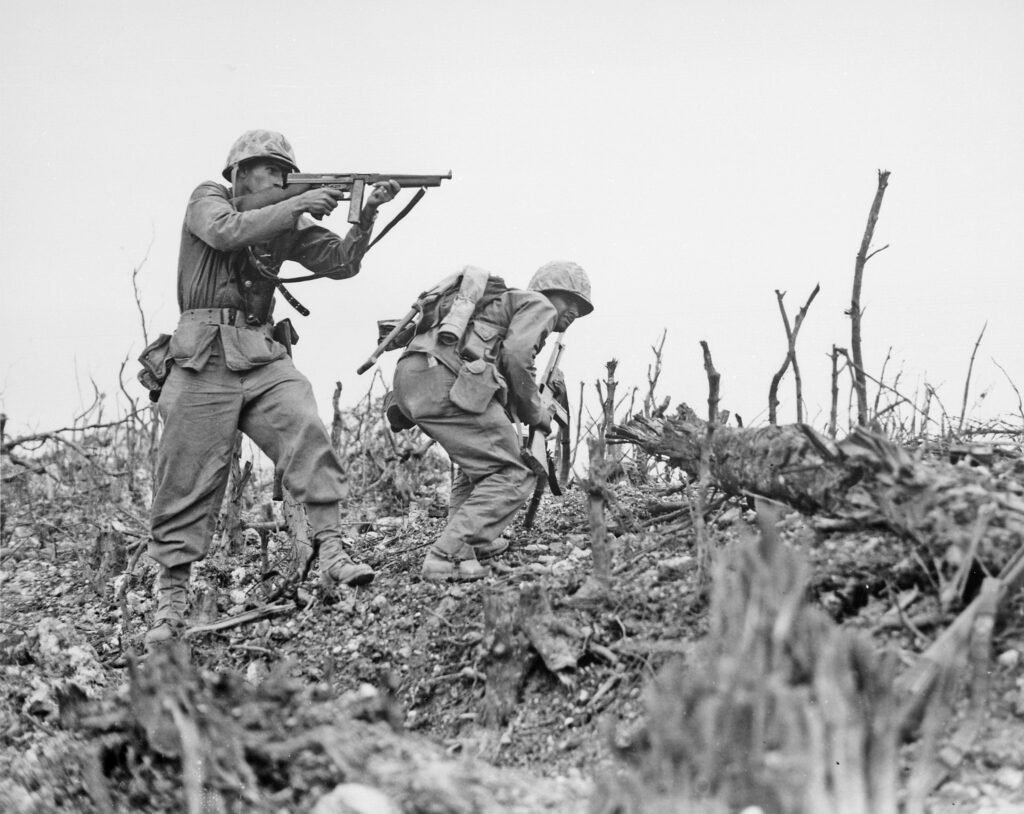
World Wars
World War I and II marked the zenith of modern military development with technological innovations, strategy, and organization.
The modern military, characterized by professional soldiers, advanced weaponry, centralized command structures, and strategic planning, has evolved over centuries, shaped by historical events, innovations, and changing societal dynamics.
How has military technology changed the world?
Military technology has fundamentally changed the world in numerous ways. Firstly, it has reshaped the nature of warfare, leading to more lethal and precise conflicts. Innovations like nuclear weapons have introduced the potential for catastrophic global conflict, incentivizing diplomacy and arms control agreements. Meanwhile, precision-guided munitions and surveillance technology have reduced collateral damage in some disputes.
Additionally, military technology has often driven broader technological advancements. The space race, spurred by Cold War competition, led to the development of satellite technology and has transformed our world through communication, navigation, and weather forecasting applications.
Moreover, it has accelerated globalization, with military technologies facilitating rapid deployment and communication across the globe. Cyber warfare and information operations have emerged as potent tools in recent years, blurring the lines between military and civilian domains.
Lastly, military technology has had economic implications, driving research and development and influencing industrial and technological policies. Overall, military technology’s impact on the world profoundly shapes geopolitics, economies, and society.
History of Modern Military Technology
The history of modern military technology is a complex and multifaceted story that has evolved significantly over the past century. Here is a brief overview of key developments in modern military technology:
World War I (1914-1918)
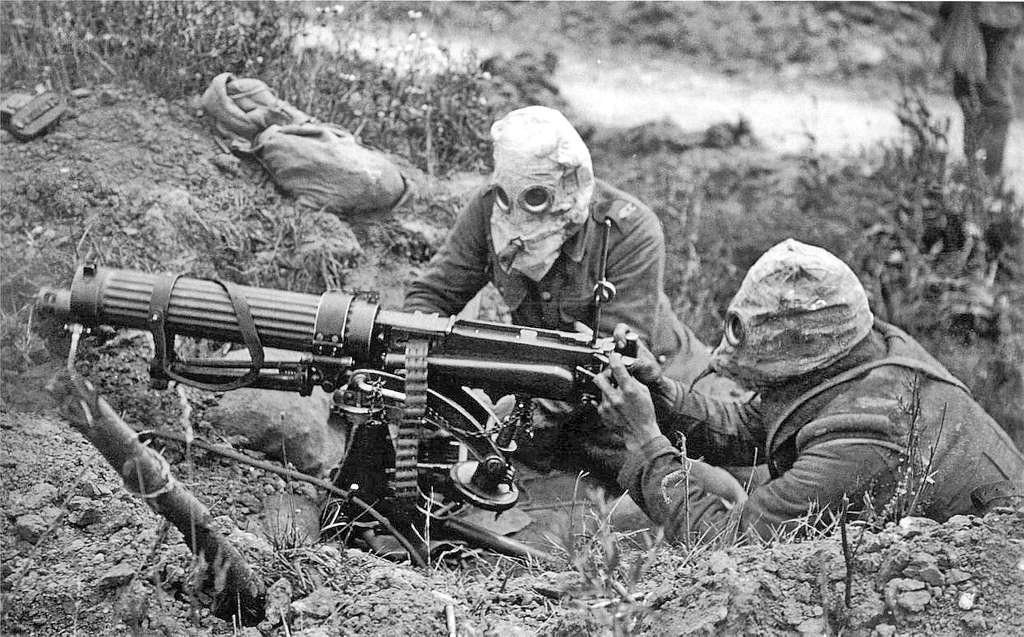
Machine Guns
The widespread use of machine guns during World War I, particularly exemplified by weapons like the Maxim and Lewis guns, marked a pivotal turning point in the history of warfare. These rapid-fire weapons unleashed an unprecedented firepower, making it exceedingly difficult for infantry to advance across open ground. This shift led to the development of trench warfare, where soldiers sought shelter in intricate networks of trenches, bunkers, and fortifications to escape the relentless hail of bullets. The result was a gruesome and protracted conflict with high casualty rates, as both sides struggled to gain any meaningful advantage in the face of this deadly technology, showcasing the devastating impact of modern military technology on the battlefield.
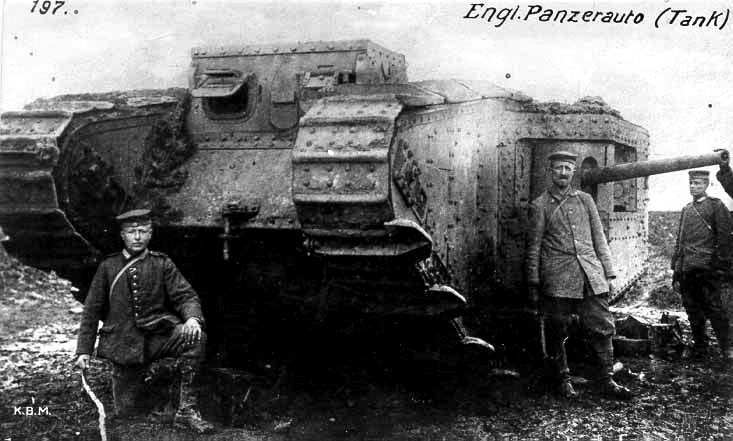
Tanks
The British Mark I tank, which debuted during World War I, marked a revolutionary turning point in ground warfare. Introduced in 1916, it was the world’s first-ever tank and dramatically altered trench warfare dynamics. These armored behemoths offered a unique blend of mobility, protection, and firepower, allowing them to traverse the challenging terrain of the Western Front and breach enemy lines. While early models were mechanically temperamental, the concept proved so effective that it led to the rapid development of tank technology, ultimately shaping the future of armored warfare. The Mark I tank set the stage for the armored divisions and mechanized warfare tactics that would become pivotal in later conflicts.
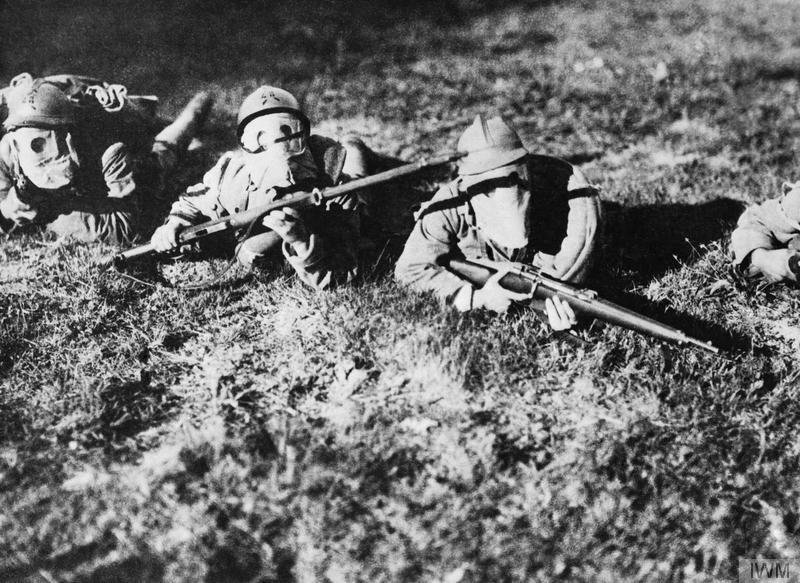
Chemical Warfare
The use of chemical weapons, such as chlorine and mustard gas, marked a grim and alarming development in the history of warfare. These toxic substances introduced a new dimension of horror to the battlefield during World War I. The deployment of chemical agents inflicted excruciating suffering on soldiers, causing severe injuries, respiratory distress, and agonizing death.
Beyond the immediate physical and psychological toll on individuals, the use of chemical weapons underscored the potential for human ingenuity to create ever more devastating means of warfare. This realization led to international efforts to prohibit and regulate chemical weapons, eventually culminating in the Chemical Weapons Convention in 1997, which aimed to ban the production and use of these horrific weapons, emphasizing the global community’s commitment to preventing such inhumane tactics in armed conflicts.
Interwar Period (1919-1939)
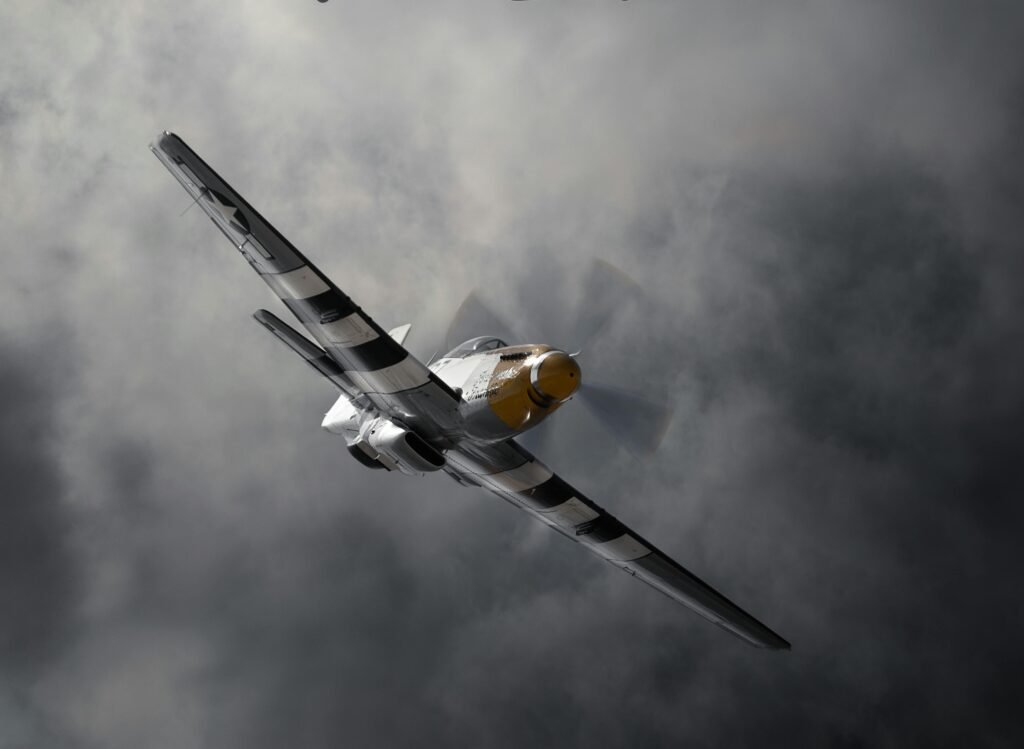
Aircraft
Rapid advancements in aviation technology during the early to mid-20th century ushered in a new era of warfare. Fighter planes and bombers emerged as powerful instruments of military might. Fighter planes, like the iconic Spitfire and P-51 Mustang, provided air superiority by engaging enemy aircraft in dogfights. They were agile, fast, and armed with machine guns and, later, missiles.
On the other hand, bombers, such as the B-17 Flying Fortress and the B-29 Superfortress, revolutionized strategic warfare. These aircraft could carry heavy bomb loads over long distances, devastating enemy targets from the air. These aircraft’s development transformed warfare dynamics, making the skies a new theater of conflict and laying the foundation for modern air forces.

Infantry Weapons
Introducing semi-automatic rifles like the M1 Garand marked a significant milestone in the evolution of infantry firepower. Before these innovations, infantry rifles were predominantly bolt-action, requiring soldiers to manually cycle the bolt after each shot, limiting their rate of fire. The M1 Garand, developed in the 1930s and widely used in World War II, allowed soldiers to fire a round, eject the spent cartridge, and automatically chamber a new round with each trigger pull. This transformative technology increased the individual soldier’s firepower and improved the overall efficiency and effectiveness of infantry units, setting the stage for modern infantry weaponry.
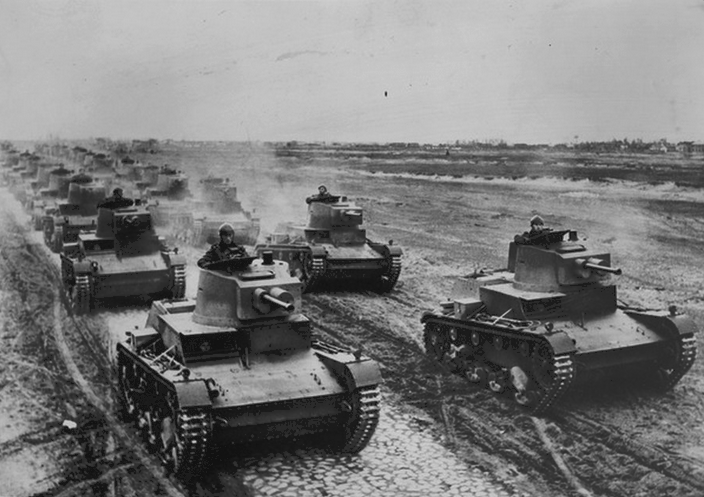
Blitzkrieg
The German military’s development and popularization of Blitzkrieg during World War II marked a profound shift in military strategy. Blitzkrieg, translated as “lightning war,” was characterized by its emphasis on rapid and overwhelming attacks. At its core, this doctrine relied on the synergy of tanks and coordinated mechanized infantry, supported by airpower, to swiftly penetrate enemy lines.
This approach differed significantly from the trench warfare tactics of World War I. Blitzkrieg’s success lay in its ability to exploit weaknesses in the enemy’s defenses, encircle and isolate opposing forces, and maintain a continuous offensive momentum. Highly mobile and heavily armored tanks, such as the Panzer series, served as the vanguard of these lightning-fast offensives.
Blitzkrieg led to rapid territorial gains for the Germans in the early stages of World War II and influenced military thinking worldwide. It underscored the importance of mobility, combined arms coordination, and technology integration into modern warfare, leaving a lasting legacy on military doctrines and tactics well beyond the war itself.
World War II (1939-1945)
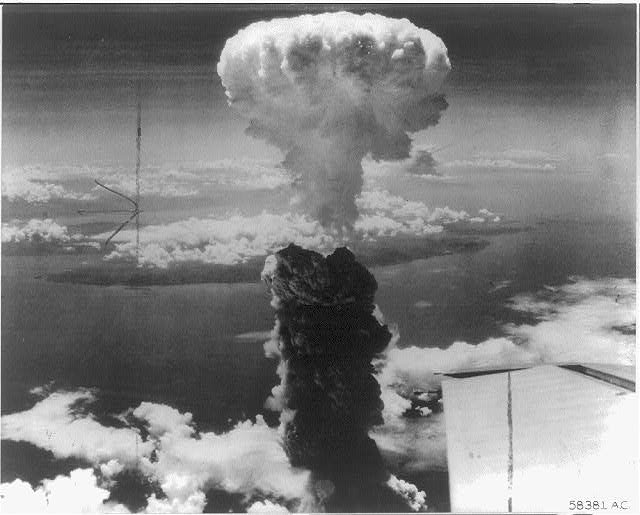
Nuclear Weapons
The Manhattan Project, a top-secret research and development endeavor during World War II, culminated in the creating of the first atomic bombs. Fueled by nuclear fission, these devastating weapons were unleashed upon the Japanese cities of Hiroshima and Nagasaki in August 1945. The bombings had catastrophic consequences, causing immense loss of life and widespread destruction. They marked a turning point in the war, leading to Japan’s surrender shortly after that and the end of World War II.
The Manhattan Project ended the conflict and set the stage for the Cold War nuclear arms race between the United States and the Soviet Union. The immense destructive power of atomic weapons profoundly impacted global politics, ushering in an era of nuclear deterrence and heightened international tensions.
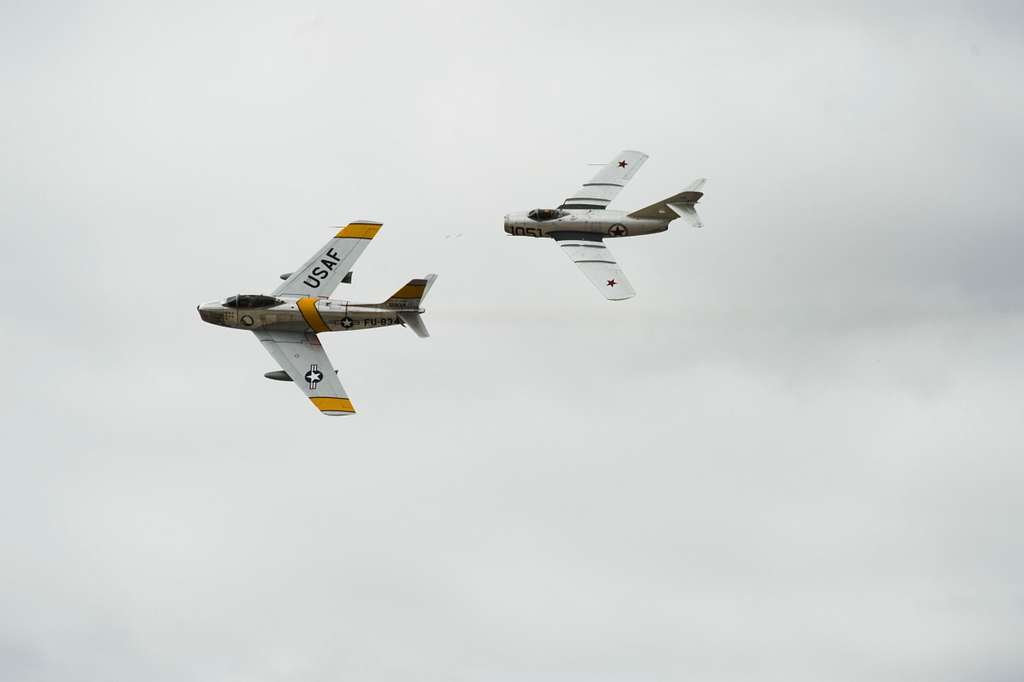
Jet Engines
Jet propulsion technology marked a revolutionary leap in aviation during the mid-20th century. Unlike traditional piston engines, jet engines dramatically improved aircraft speed and performance. By compressing and combusting air with fuel, jet engines produced a continuous and powerful thrust, propelling aircraft with unprecedented efficiency. This innovation led to the development jet fighters capable of supersonic speeds, such as the iconic F-86 Sabre and the MiG-15 during the Korean War. Additionally, jet airliners like the Boeing 707 and the Douglas DC-8 ushered in the era of commercial air travel, significantly reducing travel times and making global connectivity more accessible. Jet propulsion’s impact on aviation remains integral to modern air travel, defense, and aerospace industries.
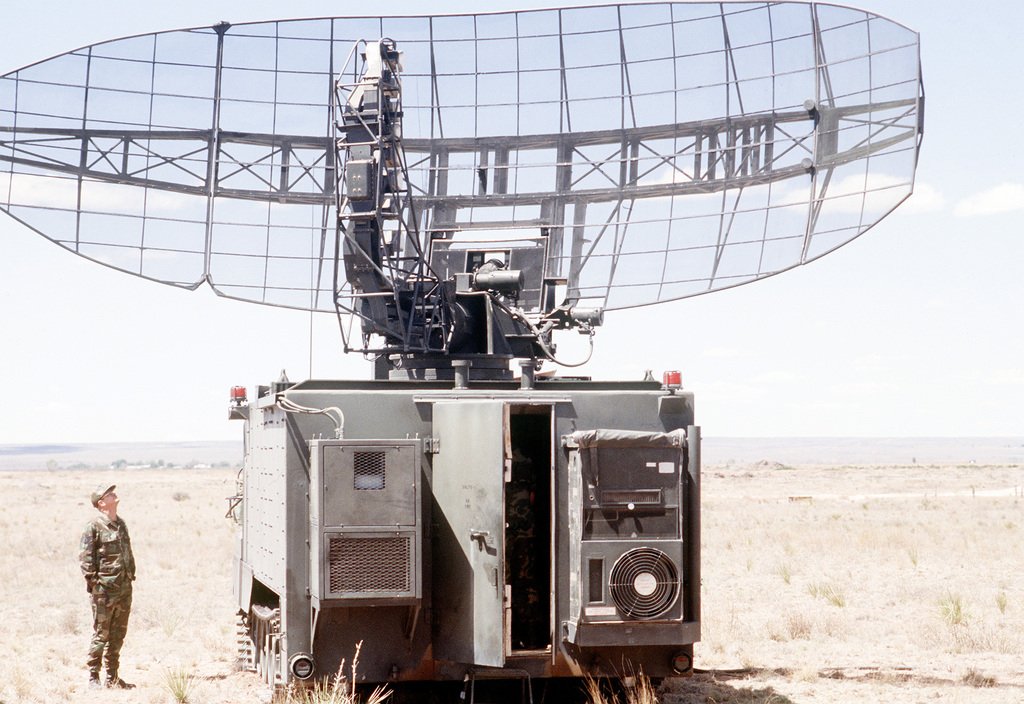
Radar
Radar technology revolutionized air defense and navigation during the 20th century. Radar, “Radio Detection and Ranging,” allows for detecting objects at great distances and in adverse weather conditions, offering a significant advantage in military and civilian applications.
Regarding air defense, radar-enabled early warning systems could detect incoming aircraft and missiles, providing valuable time for response and interception. This played a pivotal role in the defense of nations during World War II and the Cold War.
In navigation, radar improved the safety of air and sea travel by providing precise positioning and tracking of vessels and aircraft. It also facilitated the development of instrument landing systems at airports, enhancing aviation safety. Radar’s impact on air defense and navigation has been transformative, improving security and enabling more efficient transportation worldwide.
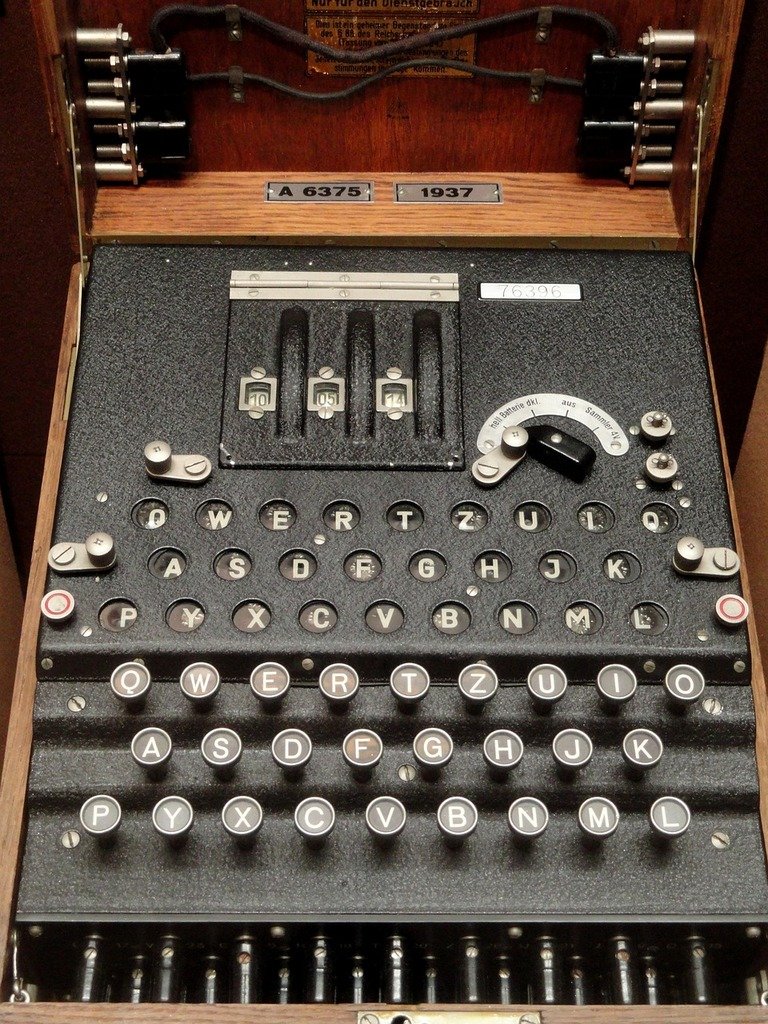
Codebreaking
The Enigma machine and the extraordinary efforts of codebreakers, most notably Alan Turing, played a pivotal role in deciphering enemy communications during World War II. The Enigma machine, used by the Axis powers, encrypted messages with seemingly unbreakable complexity. However, Turing’s groundbreaking work at Bletchley Park and other brilliant minds led to the development of the Bombe, a device capable of cracking Enigma’s codes. This breakthrough not only provided critical intelligence to the Allies but also hastened the end of the war. Turing’s pioneering work in cryptography and computing laid the foundation for modern technology and reshaped history.
Cold War Era (1947-1991)
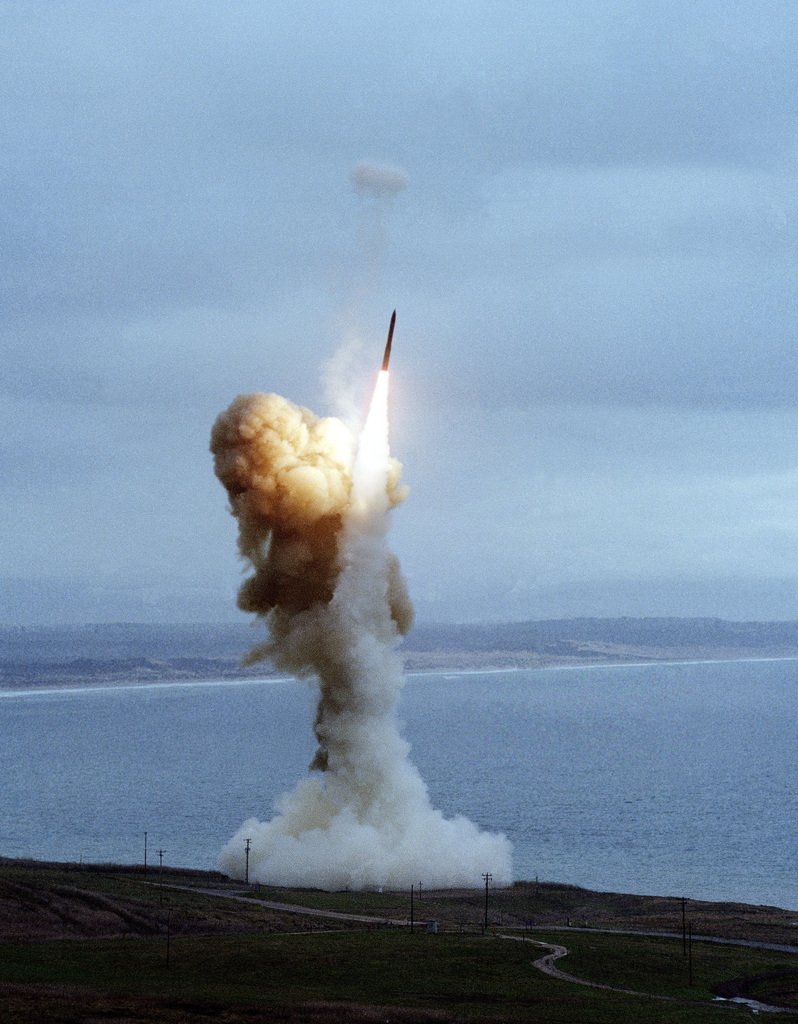
Nuclear Arms Race
During the Cold War, the United States and the Soviet Union engaged in a harrowing nuclear arms race that escalated tensions and shaped global geopolitics. Both superpowers relentlessly pursued the development of increasingly powerful and sophisticated nuclear weapons, pushing the boundaries of destructive capability. This race created intercontinental ballistic missiles (ICBMs) with multiple independently targetable reentry vehicles (MIRVs), which could deliver multiple warheads to different targets, further intensifying the potential devastation.
The competition not only increased the quantity of nuclear arsenals but also focused on miniaturization and improved accuracy. This arms race chilled international relations, spawning arms control agreements like the Strategic Arms Limitation Talks (SALT) and the Treaty on the Non-Proliferation of Nuclear Weapons (NPT) as efforts to manage the growing nuclear threat. Ultimately, it defined an era of global anxiety, where the specter of mutually assured destruction hung over the world, shaping diplomatic efforts and international security policies for decades.
Space Race
Space exploration had profound military implications, notably through intercontinental ballistic missile (ICBM) development. As nations raced to conquer the cosmos during the Cold War, the same rocket technology employed for space exploration found dual use as a delivery system for nuclear payloads. ICBMs represented a new dimension in warfare, capable of delivering devastating nuclear warheads across continents at incredible speeds. This reshaped the strategic balance between superpowers and ushered in an era of deterrence, where the fear of mutually assured destruction played a central role in global geopolitics. Space exploration, therefore, inadvertently catalyzed the evolution of military technology and the delicate equilibrium of international relations.
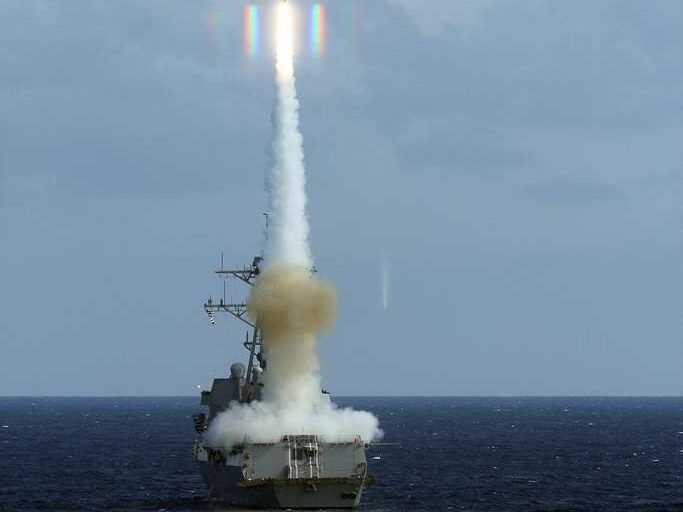
Guided Missiles
The development of guided missile technology marked a significant leap forward in military firepower. Unlike traditional unguided munitions, guided missiles have sophisticated navigation and guidance systems that accurately strike their targets over long distances. This innovation revolutionized warfare by extending the reach of military operations and enhancing precision.
Guided missiles come in various forms, including cruise missiles and ballistic missiles. Cruise missiles can be launched from aircraft, ships, or ground platforms, offering versatile and precise strike capabilities. On the other hand, ballistic missiles can deliver warheads across intercontinental distances, making them a critical component of nuclear deterrence strategies.
The precision and range of guided missiles have not only improved offensive capabilities but also enhanced defensive measures. Anti-missile systems have been developed to intercept incoming missiles, protecting against potential threats.
In sum, guided missile technology has transformed military engagements by increasing the accuracy and reach of military firepower while also reshaping the strategic calculus of nations on the global stage.
Electronic Warfare
Electronic countermeasures (ECM) have become indispensable tools in modern conflicts, pivotal in thwarting enemy communication and surveillance systems. Jamming, a core component of ECM, disrupts adversary radio signals, rendering their communication ineffective. This hinders command and control and disrupts the coordination of military forces, creating chaos on the battlefield.
Anti-radar technology, on the other hand, helps in evading detection by enemy radar systems. Stealth aircraft and ships employ radar-absorbing materials and shapes to minimize their radar cross-section, making them harder to detect. This technology grants a significant tactical advantage, allowing for covert operations and surprise attacks.
In essence, ECM technologies have shifted the balance of power in modern conflicts, offering defensive and offensive capabilities critical in an era of highly sophisticated and interconnected military systems.
Post-Cold War Era (1991-Present)
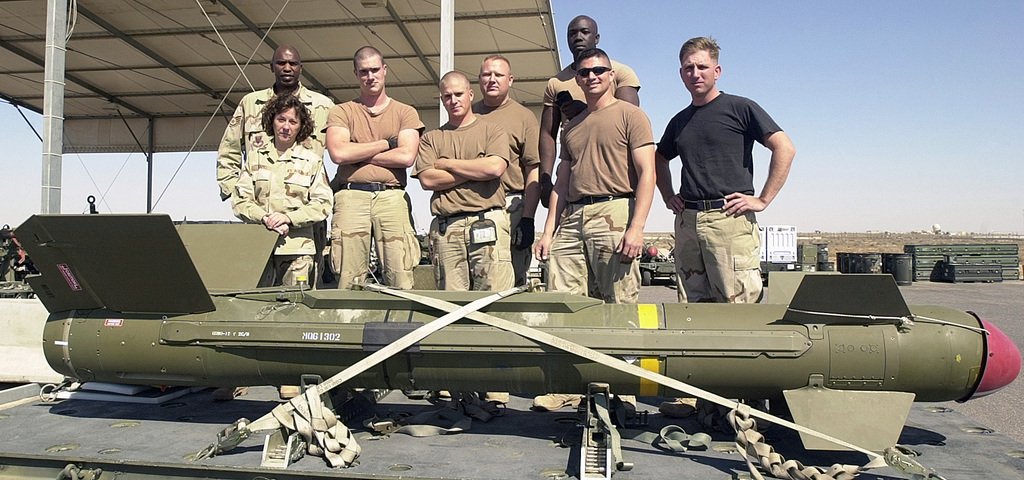
Precision-Guided Munitions
The Gulf War (1990-1991) marked a turning point in military technology and strategy, highlighting the unprecedented effectiveness of precision-guided munitions (PGMs). During this conflict, PGMs such as cruise missiles and GPS-guided bombs demonstrated remarkable accuracy, allowing coalition forces to target key Iraqi military installations with minimal collateral damage. This precision reduced civilian casualties and bolstered international support for the war. The success of PGMs showcased their ability to revolutionize modern warfare, paving the way for their widespread adoption in subsequent conflicts. The Gulf War exemplified how advanced technology could profoundly alter the dynamics of military engagements, emphasizing the importance of precision and minimizing the human and environmental cost of armed conflicts.

Information Warfare
In the rapidly evolving landscape of modern military strategy, cyber warfare and the strategic use of information have emerged as pivotal components. Cyber warfare involves using technology and digital resources to disrupt, infiltrate, or compromise enemy systems, infrastructure, and communication networks. It can cripple an adversary’s critical infrastructure, such as power grids, financial systems, and military operations.
Moreover, manipulating information and disseminating disinformation can shape public perception, influence elections, and sow discord among nations. These tools have become crucial in the arsenal of modern military strategy, blurring the lines between traditional and digital battlegrounds. As nations increasingly rely on interconnected technology, the ability to defend against cyberattacks and harness information for strategic advantage has become imperative in safeguarding national security and achieving military objectives.
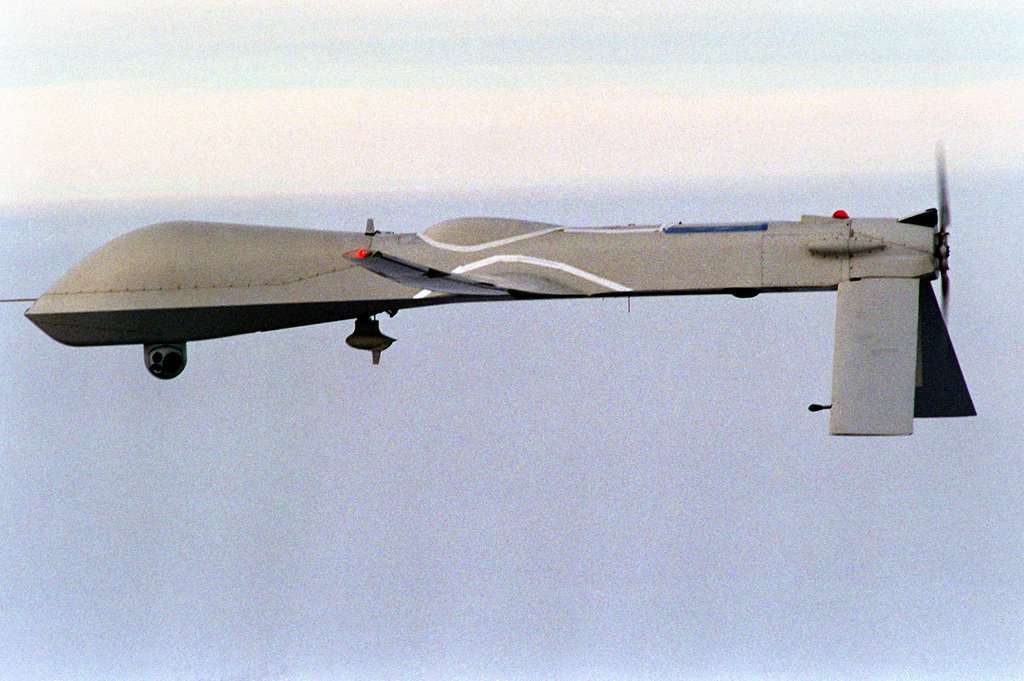
Unmanned Aerial Vehicles (UAVs)
Drones, mainly armed Unmanned Aerial Vehicles (UAVs), have ushered in a revolution in modern military technology, profoundly altering the landscape of reconnaissance and combat operations. These remotely piloted aircraft offer unparalleled advantages in surveillance, intelligence gathering, and precision strikes. UAVs can enter hostile territories with reduced risk to human lives, providing real-time data for strategic decision-making. Furthermore, armed drones have redefined warfare by delivering pinpoint accuracy in targeting, reducing collateral damage, and extending the reach of military forces. This transformation in aerial capabilities has reshaped the dynamics of modern conflict, offering a strategic edge while raising ethical and legal questions about their use in armed conflicts.
Stealth Technology
Advancements in stealth technology have revolutionized military aircraft and vehicles by rendering them significantly less detectable by radar systems. This innovation primarily involves strategically using specialized materials and design principles, such as shaping surfaces to deflect radar waves from the source. By reducing radar cross-sections, stealth technology minimizes an object’s visibility on enemy radar screens, granting a critical tactical advantage. The result is enhanced survivability and increased operational effectiveness in modern warfare scenarios. This technological leap has altered the dynamics of aerial combat and influenced the design of naval vessels and ground vehicles, marking a profound shift in military strategy and capabilities.
Future Developments (Ongoing)

Artificial Intelligence
AI is poised to revolutionize military operations in several critical domains. In military decision-making, machine learning algorithms can analyze vast datasets and provide commanders with real-time insights, enhancing situational awareness and aiding in strategic planning. Autonomous systems, including drones and unmanned vehicles, are becoming more intelligent and capable, reducing the need for human intervention in dangerous missions. Additionally, AI is pivotal in cyber operations, where it can detect and respond to cyber threats with unprecedented speed and accuracy. As AI continues to advance, it will augment the capabilities of armed forces and raise ethical and strategic questions about using autonomous and AI-driven weapons.

Biotechnology
Advances in biotechnology are poised to revolutionize military medicine and pose potential concerns in developing bioengineered weapons. On the one hand, biotechnology promises to enhance soldier healthcare by enabling personalized treatments, rapid wound healing, and the creation of bioengineered organs for injured personnel. Additionally, it may facilitate the development of vaccines and therapeutics to counter biological threats.
Conversely, the same biotechnological progress raises ethical and security concerns, as it could enable the creation of bioengineered pathogens for malicious purposes. Safeguarding against the misuse of biotechnology is crucial to ensure its positive potential is harnessed for the well-being of military personnel and global security, emphasizing the need for strict oversight and international cooperation.
Space Militarization
The militarization of space remains a subject of significant concern and ongoing development in global security. As nations advance their space capabilities, there’s a growing potential for space-based assets to be utilized for military purposes. This includes surveillance and reconnaissance satellites, which offer unparalleled advantages in gathering intelligence, and the potential for anti-satellite weaponry, which could disrupt or destroy critical space infrastructure. The competition for space dominance raises questions about international cooperation, space debris management, and preventing conflicts that extend into the cosmos. Balancing technological progress with peaceful use of space resources is a complex challenge facing the international community.
The history of modern military technology is marked by continuous innovation and adaptation to new challenges. It has profoundly shaped the nature of warfare and international security, with ongoing advancements continually reshaping the landscape of military capabilities.

